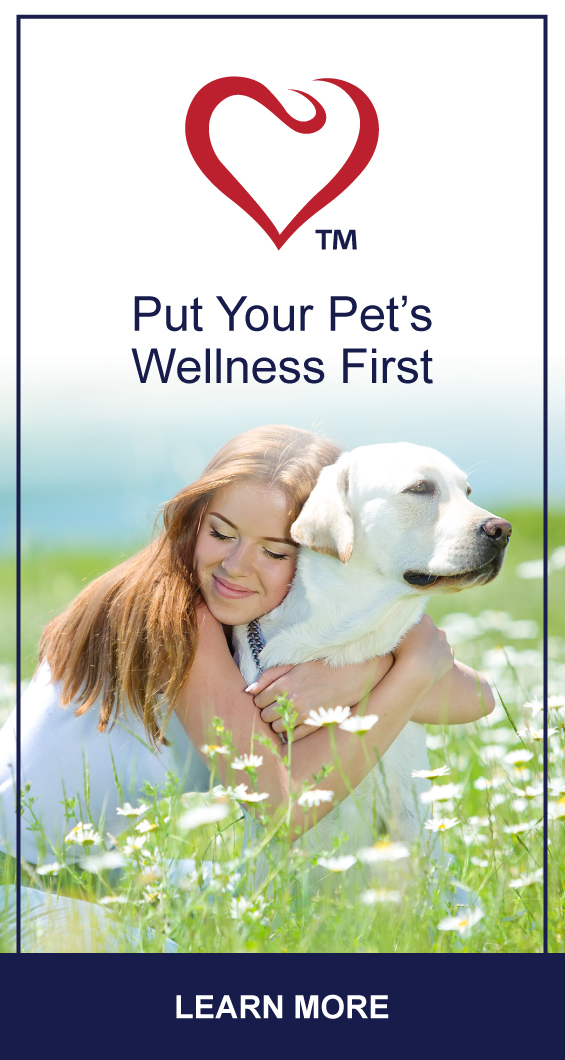HEALTH & WELLNESS

TRENDING

SIGN UP and Start Receiving
Our Monthly Newsletter,
The Chronicles
POST-SURGERY PAIN MANAGEMENT IS CRITICAL

Importance of Recognition and Treatment of Postsurgical Pain
NATURAL SURVIVAL INSTINCTS OF ANIMALS
Just like humans, it’s predictable that pets will experience pain following surgery. However, animals instinctively hide pain as a natural survival instinct because in the wild those that are vulnerable are most in danger of predators. Therefore, animals instinctively hide weakness and pain.
Since your pet cannot describe the pain or tell you where or how much it hurts, it’s important to recognize the signs of pain that a pet might show. Unrecognized and untreated pain can lead to further health complications.
NEGATIVE EFFECTS OF UNTREATED PAIN
Untreated pain can have many negative consequences on body systems. These detrimental effects include:
- Poor or delayed wound healing
- Increased tissue damage
- Impaired immune function
- Increased risk of sepsis (infection that triggers a chain reaction throughout the body)
- Cardiovascular stress
- Decreased gastrointestinal function
- Imbalance in body fluids
- Increased mortality
IDENTIFYING PHYSICAL AND EMOTIONAL PAIN FOLLOWING SURGERY
Surgery can be challenging for both pets and their owners. The recovery process is usually simple, but the first few days and weeks after surgery require special care for your pet. Recognizing the subtler signs of pain as well as the obvious signs is vital to treating pain successfully.
Pain associated with surgery has both physical and emotional components. The most common sign of pain is a change in behavior.
Changes in behavior due to post-operative pain may include:
- Vocalization – Often a normally vocal pet becomes quite subdued, while a normally quiet pet vocalizes more
- Reluctance to interact with other pets and owners
- Lameness
- Decreased interest in playing
- Spends more time in bed
- Display of aggression when approached or stroked
- Restlessness and anxiety
- Hiding and spending time alone
Other signs of pain that a pet might show after surgery may include:
- Not eating or drinking
- Panting, shaking or trembling
- Abnormal posture, such as crouching or hunching body
- Not wanting to walk or move
- Wanting to lick or chew at surgical site
- Decreased grooming
- Flinching or increased body tension when surgical site is gently touched
- Inappropriate eliminations (urinating or defecating in the house)
Signs not obvious to the owner but recognizable by the veterinary healthcare team may include:
- Tachycardia (fast heartbeat)
- Increased or shallow respiration
- Increased body temperature
- A feeling of warmth or heat at the affected site
- Changes in blood pressure
If these signs occur, your pet may be experiencing pain. Consult your veterinary healthcare team for advice on pain management. A team-oriented approach, including the veterinary healthcare team and the owner, is essential for maximizing the recognition, prevention, and treatment of pain in pets.
An essential part of veterinary medicine includes compassionate care by preventing and managing pain. Post-surgery pain relief reduces anxiety and discomfort, which improves overall recovery and quality of life.










